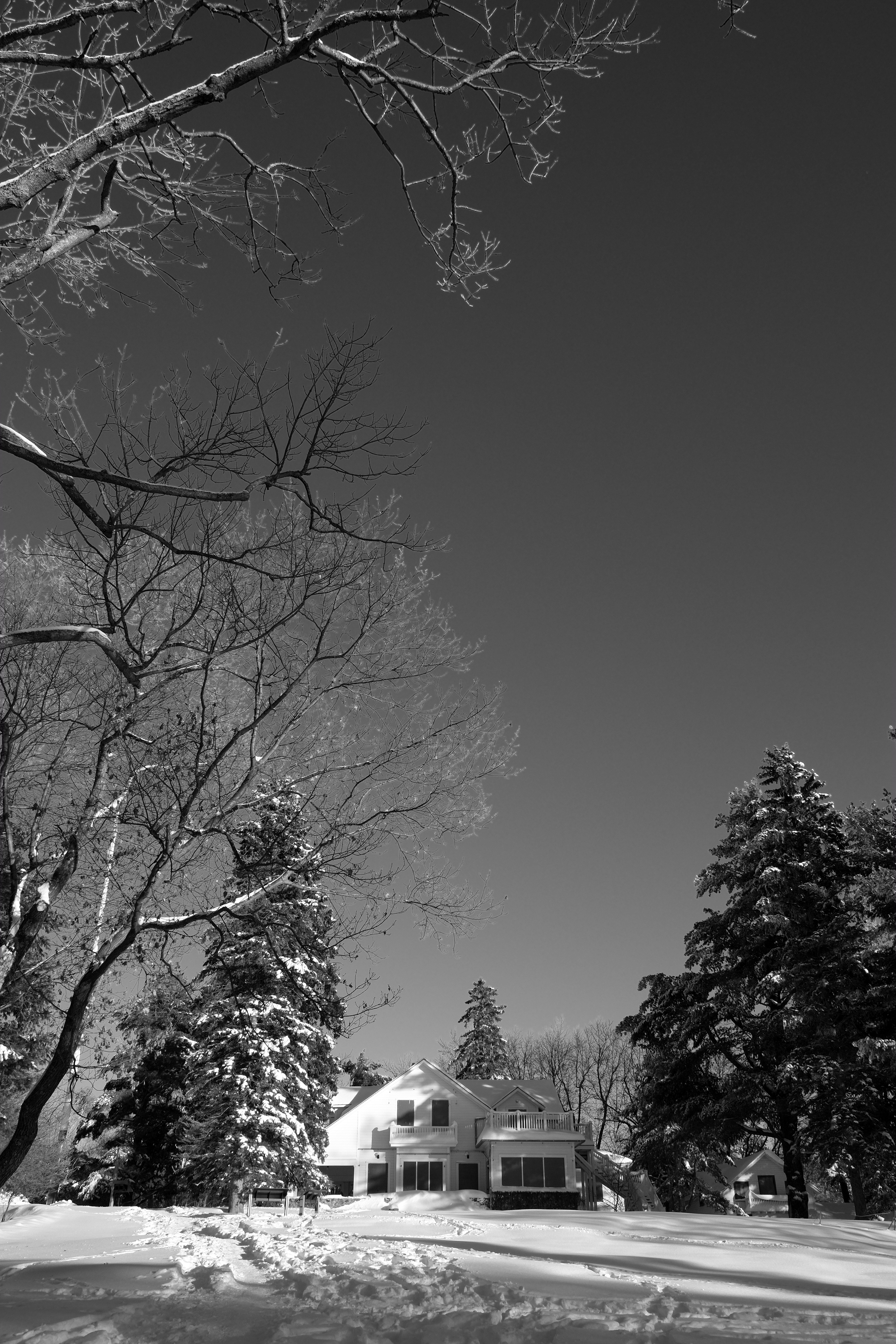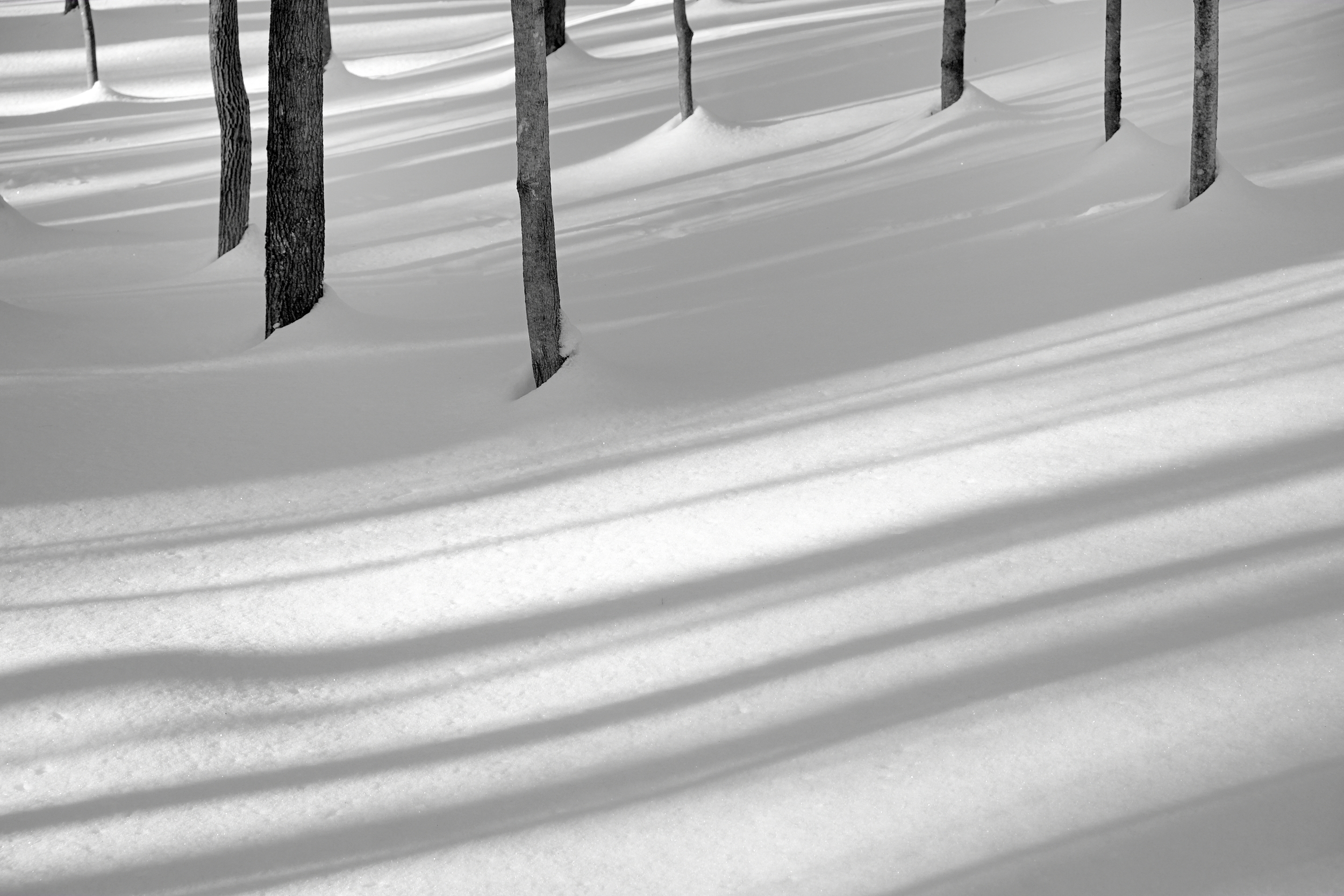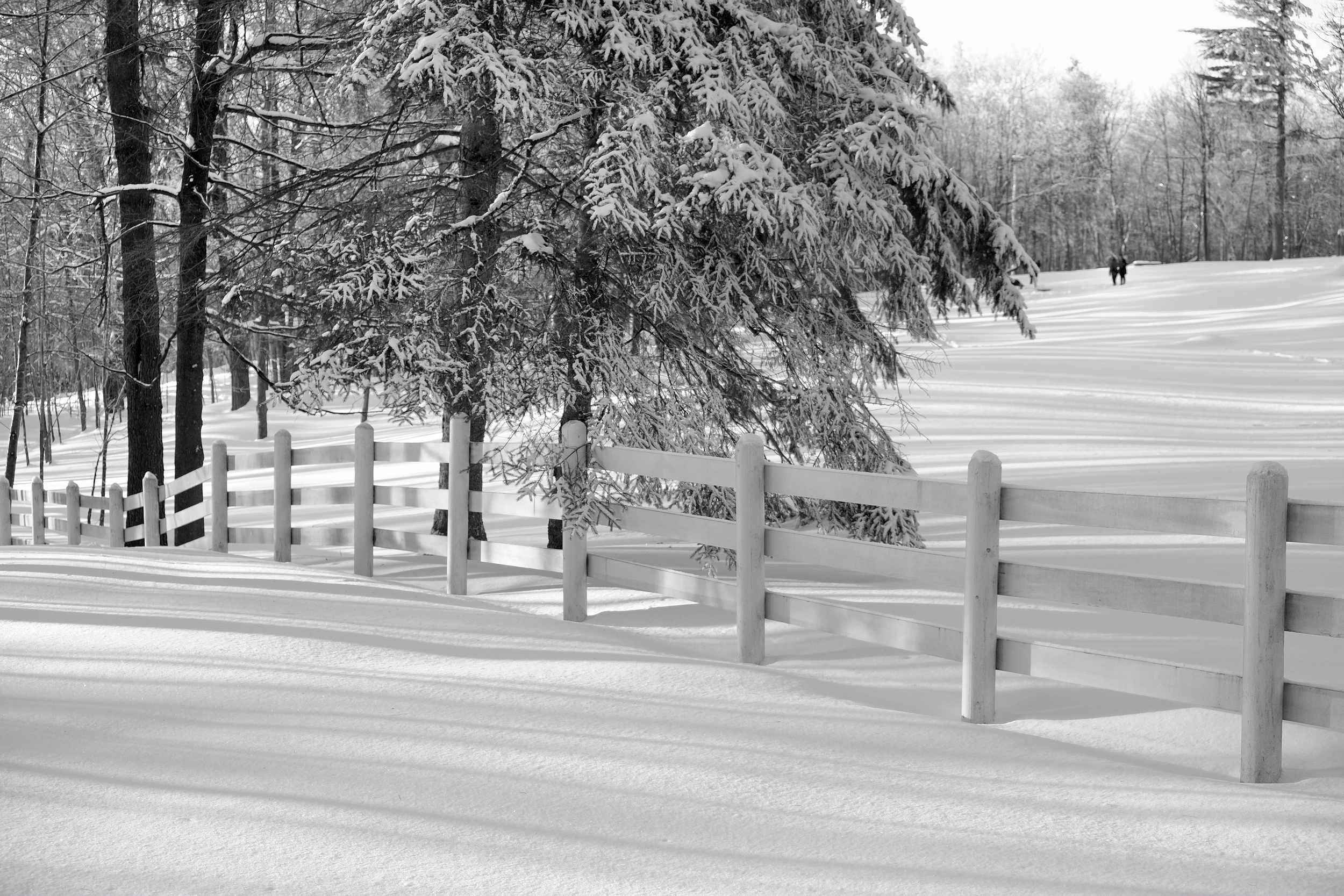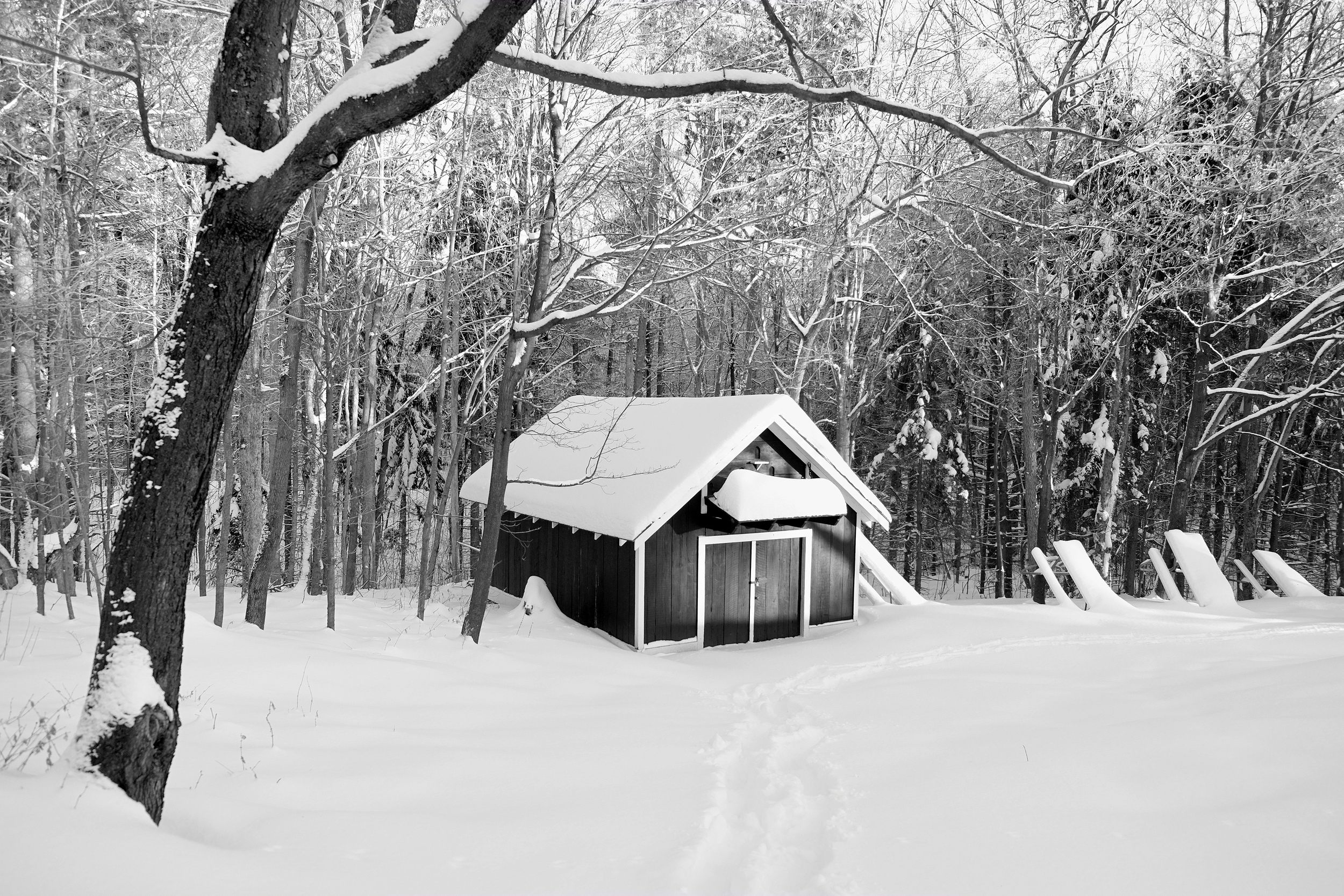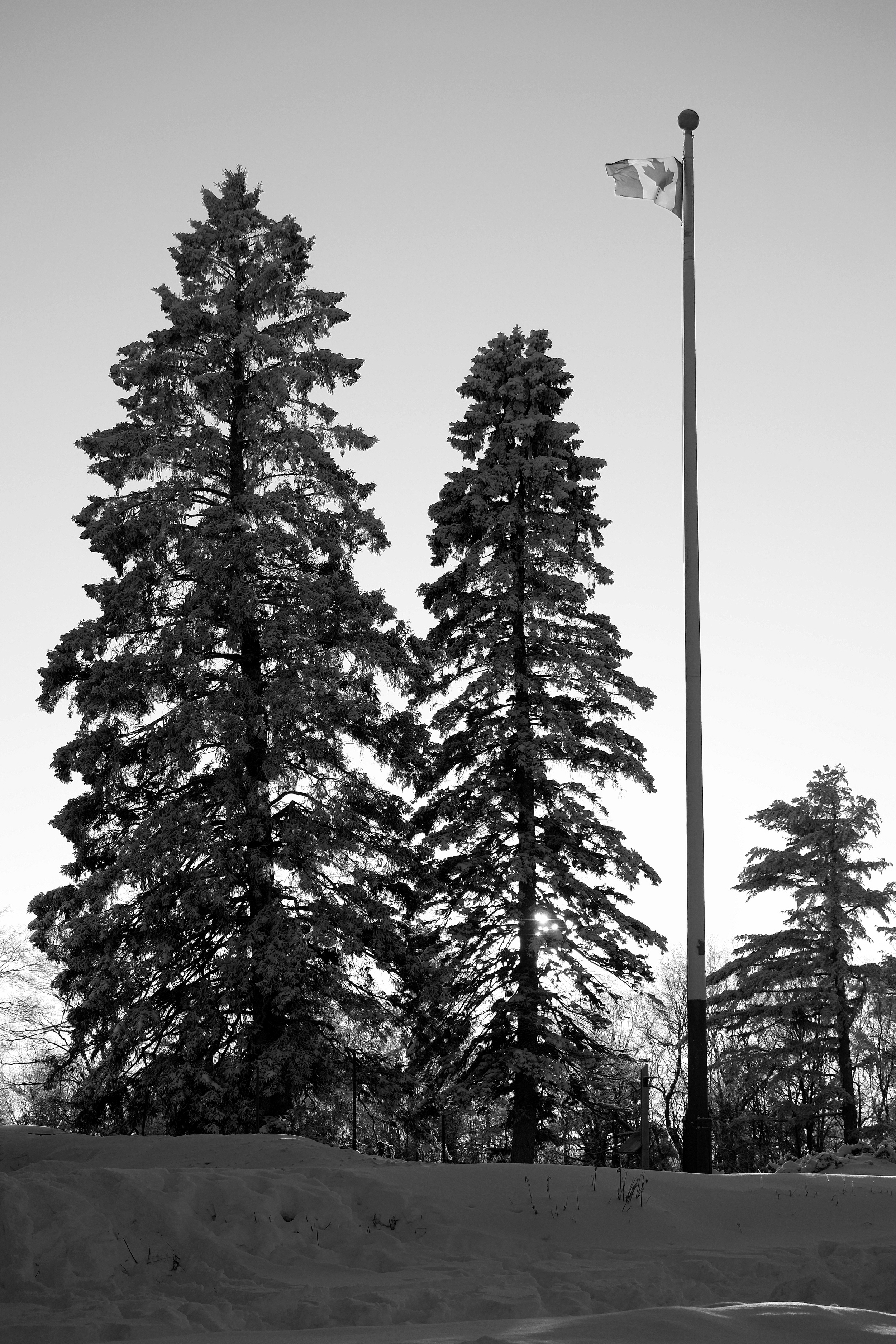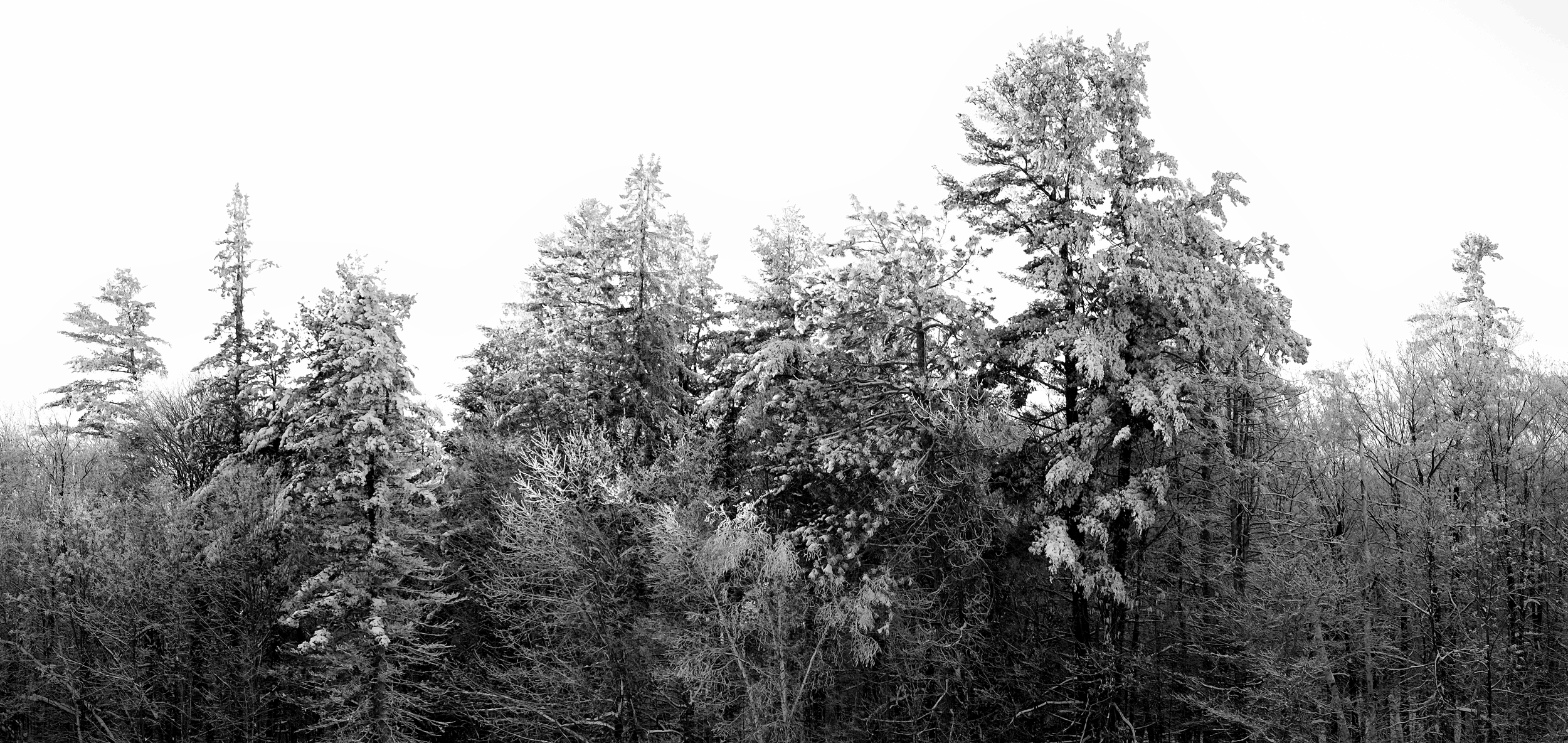Day 2 wore me out. But in a good way. I spent about nine hours walking and standing, starting the day in the famous and overwhelming Musee du Louvre (more on this in another posting) and ending it off with a visit to the Sainte-Chapelle.
Sainte-Chapelle is not one of the bigger churches I have visited, but it is far and away the most memorable. It is extravagantly beautiful. Many of the cathedrals of Europe impress because of their rich histories and associations with the pious and powerful. Some churches, like Reykjavik's Hallgrimskirkja, capture attention because of their unique architecture. Other houses of Christian worship are notable for the purity and simplicity of their vision. But, again, Sainte-Chapelle is extravagantly beautiful.
I expect that many medieval churches were more beautiful in their day, but now we see only their bones with the plaster and decorative painting removed. Even so, how many churches of the period had the stained glass treasures that Sainte-Chapelle still enjoys? So much of the wall space is devoted to glasswork that the ceiling is supported by little more than light and dancing colours.
Built by France's King Louis IX (later canonized as Saint Louis) between 1238 and 1248, the church has now been annexed and partially absorbed by offices of the Palais de Justice de Paris.
But nothing can hold a candle to those windows.















